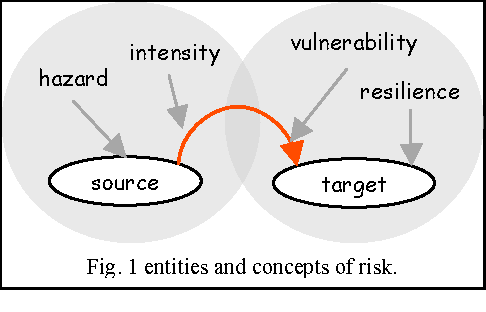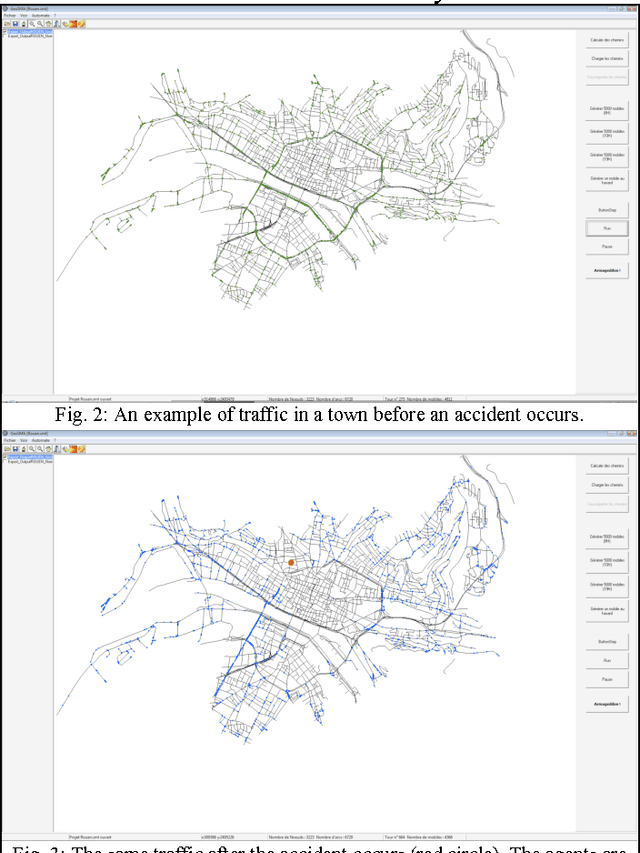A multiagent urban traffic simulation. Part II: dealing with the extraordinary
Paper and Code
Oct 06, 2009

In Probabilistic Risk Management, risk is characterized by two quantities: the magnitude (or severity) of the adverse consequences that can potentially result from the given activity or action, and by the likelihood of occurrence of the given adverse consequences. But a risk seldom exists in isolation: chain of consequences must be examined, as the outcome of one risk can increase the likelihood of other risks. Systemic theory must complement classic PRM. Indeed these chains are composed of many different elements, all of which may have a critical importance at many different levels. Furthermore, when urban catastrophes are envisioned, space and time constraints are key determinants of the workings and dynamics of these chains of catastrophes: models must include a correct spatial topology of the studied risk. Finally, literature insists on the importance small events can have on the risk on a greater scale: urban risks management models belong to self-organized criticality theory. We chose multiagent systems to incorporate this property in our model: the behavior of an agent can transform the dynamics of important groups of them.
 Add to Chrome
Add to Chrome Add to Firefox
Add to Firefox Add to Edge
Add to Edge